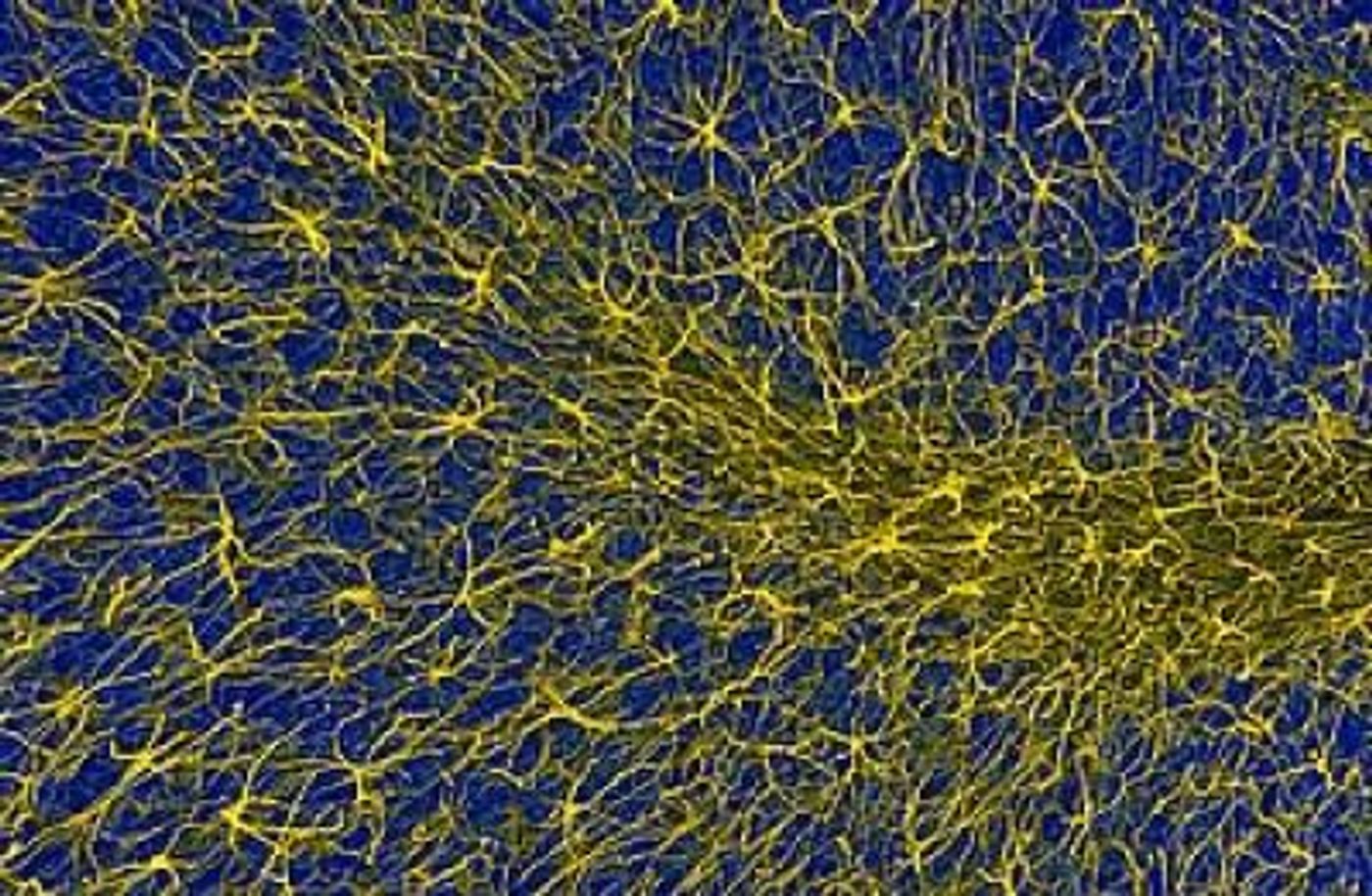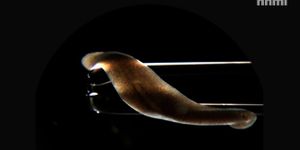Insight Into the Cause of Huntington's Disease, and a Potential Treatment
Huntington’s disease is a genetic disorder that causes dysfunction in the nervous system, and researchers at the University of Copenhagen have traced it back to glial cells, which act to support and protect the brain. There is no treatment for the disease at this time, and the scientists hope that this work will lead to one. Their findings, which used a mouse model to show that a potential treatment strategy could work, have been reported in Cell Stem Cell.
“In the study, we show that glial cell maturation is severely impaired in patients with Huntington's disease, and this is a major contributor to the abnormalities we see in the brain. This leads to behavioral changes as well as to changes in motor function. The failure of glial maturation causes many of these symptoms, because diseased glial cells cannot support normal neuronal and synaptic function; this means that the communication between neurons is impaired,” explained the senior author of the report, Professor Steve Goldman of the Center for Neuroscience at the University of Copenhagen and the Center for Translational Neuromedicine at University of Rochester.
A mutation in the Huntingtin gene causes the disorder, and patients experience changes in their personality as well as problems with movement. Therapeutics only relieve the symptoms, and affected individuals usually die within twenty years of the onset of symptoms.
In this work, the team transplanted human cells that were destined to become glial cells - glial progenitors, into a mouse model. The cells carried the Huntingtin mutation that causes Huntington’s disease. Mice with glial cells containing the Huntingtin dysfunction enabled the researchers to learn about the molecular changes that happened because of the genetic error.
The investigators found that the glia did not mature correctly, or on time. There was also a reduction in the protective coating that surrounds neurons - myelin. Because of the lack of myelin, white matter in the brains of those mice had problems with movement and changes in their behavior.
Goldman noted that glial cell dysfunction might be a part of other neurodegenerative and neuropsychiatric disorders.
“This failure of glial cell maturation appears to be a common element of diseases that involve behavioral abnormalities and psychotic thinking. The unsuccessful glial cell maturation we saw in Huntington's disease is very similar to what we saw in one of our previous studies, where we studied the role of glial cells in schizophrenia. At the same time, our study stresses the potential of glial cell therapy as a possible treatment for Huntington's disease and other similar neurodegenerative diseases,” explained Goldman.
In a mouse model of Huntington’s disease, Goldman’s team has shown that by transplanting healthy glial cells into the mice, they could extend life expectancy and relieve symptoms of the disease. The researchers want to try this therapy in human clinical trials next, potentially within a couple of years.
Sources: AAAS/Eurekalert! via University of Copenhagen, National Library of Medicine, Cell Stem Cell









